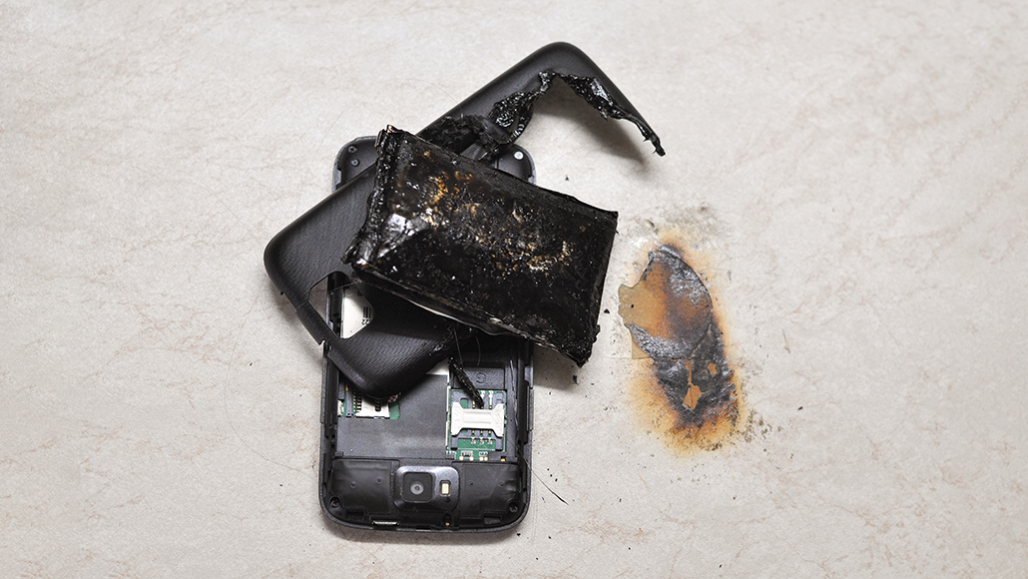Questions for ‘Batteries should not burst into flames’
Questions for ‘Batteries should not burst into flames’

Overheating caused the battery in this cellphone to explode and burn.
Ivan Marjanovic/iStock/Getty Images Plus
Questions for ‘Batteries should not burst into flames’

Overheating caused the battery in this cellphone to explode and burn.
Ivan Marjanovic/iStock/Getty Images Plus
Register to access:
An error occurred. Please try again.
Already Registered? Enter your e-mail address above.